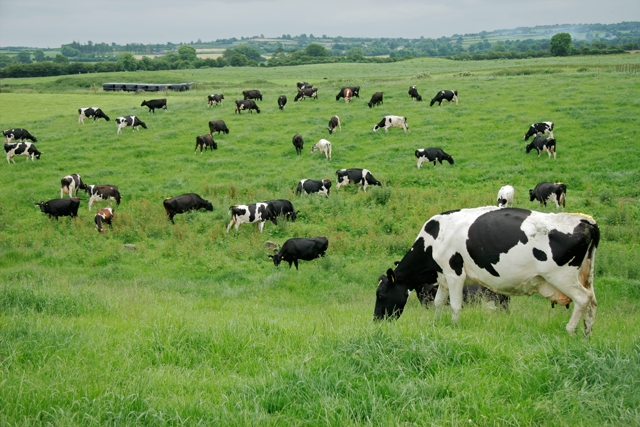Pulpy kidney a deadly risk on lush pasture
 PRODUCTION ADVICE - MAY 2020 - ANIMAL HEALTH
PRODUCTION ADVICE - MAY 2020 - ANIMAL HEALTH
By Linda Searle
District Veterinarian
P: 03 5881 9919 | M: 0427 629 740 | E: linda.searle@lls.nsw.gov.au
 Recent rainfall in the district has led to some good pasture and crop growth. Before moving stock onto this lush feed, make sure that you protect them from pulpy kidney.
Recent rainfall in the district has led to some good pasture and crop growth. Before moving stock onto this lush feed, make sure that you protect them from pulpy kidney.
Pulpy kidney, also known as enterotoxaemia, is caused by a toxin produced by the bacterium Clostridium perfringens type D. It usually kills the biggest, fattest, best-looking stock you have, which were just about to top the market. The bacteria don’t cause an issue in low numbers and are normally in animal intestines. However, sudden diet change to rich feed such as lush, fast-growing pastures or heavy grain feeding causes a large multiplication of bacteria and the associated deadly toxin.
Types of clostridial vaccines
There are a lot of different vaccines that include protection against pulpy kidney. They include 3-in-1, 5-in-1, 6-in-1, 7-in-1 and 8-in-1, the difference between these being which other diseases they also protect against.
How often do you need to vaccinate to be protected?
Some vaccines claim 12-month protection in a fully immunised animal against pulpy kidney. However, immunity weakens the longer it has been since a vaccination booster. In extremely high-risk situations, it is recommended that livestock have had a booster in the previous six months to ensure that they are protected (three months in extremely high-risk conditions).
How are young animals protected through passive immunity?
The immune system is made up of antibodies which bind antigens. Like a key in a lock, specific antibodies will fit together with certain antigens. Once this connection has occurred, it can stop disease organisms from causing illness in the host.
When a lamb or calf is born, their immune system is not yet fully functional. Their protection from disease is reliant upon the antibodies that they received from drinking their mother’s colostrum. These antibodies are absorbed into the bloodstream in the first day of life and act as a stockpile of protection to be used when needed. This pile will diminish over time and as the antibodies are used. The more antibodies that the infant gets, the better the protection.
Vaccination boosters in pregnant animals are recommended around a month prior to giving birth. This allows the maximum number of relevant antibodies to be produced in the mother ready to be placed in the colostrum for the offspring. Ensuring good intake of colostrum by the infant also increases their protection.
What is a fully immunised animal?
When an animal has a fully functioning immune system, it needs two vaccination injections to confer protection from a disease. The first injection, often called the primer, is an injection of antigen, which has kept its ability to be recognized by the immune system but lost the ability to cause disease. When the immune system sees these antigens for the first time, it makes a small amount of antibodies and also creates a record of this antigen in case it is important in the future. Think of it like a factory - it might take a while to set up new templates to allow them to make a certain tractor part, but once the template is made, a second mass production can occur a lot quicker. This is why the second booster vaccination is so important. As this is the second time that the immune system has seen this antigen, it has the template ready to go and can pump out a large amount of antibodies, enough to actually withstand a challenge of disease.
Pulpy kidney can cause the death of all ages of stock on a lush diet. Make sure that animals have enough immunity to combat the disease by giving a vaccine booster and make sure those prime animals make it to market!